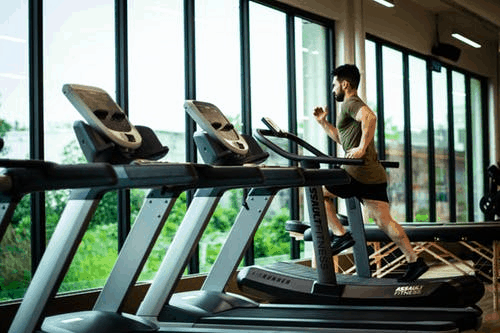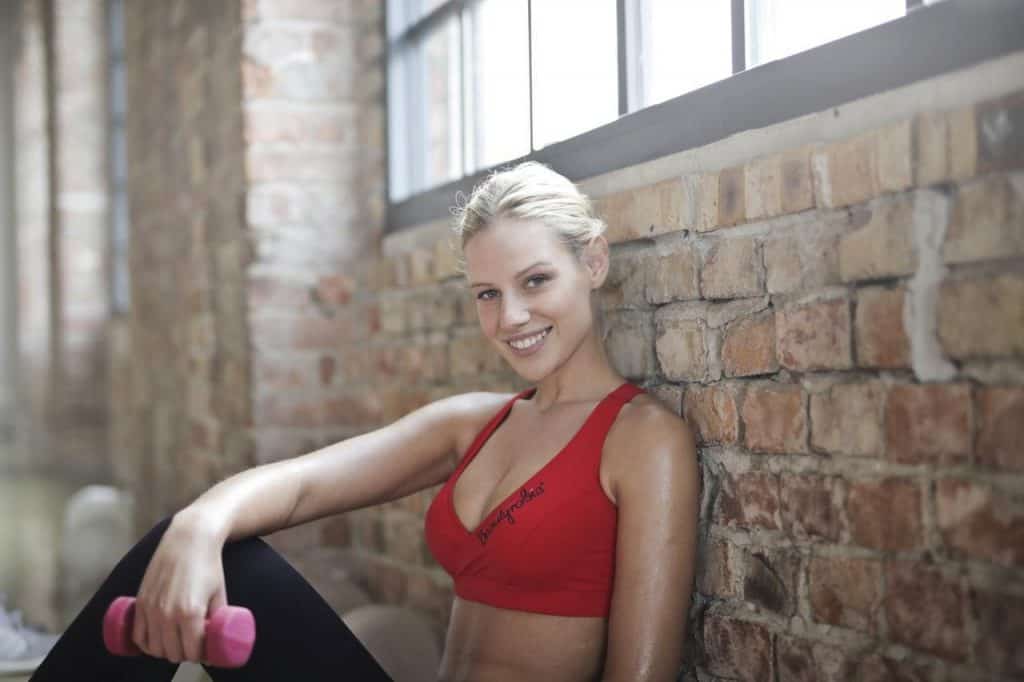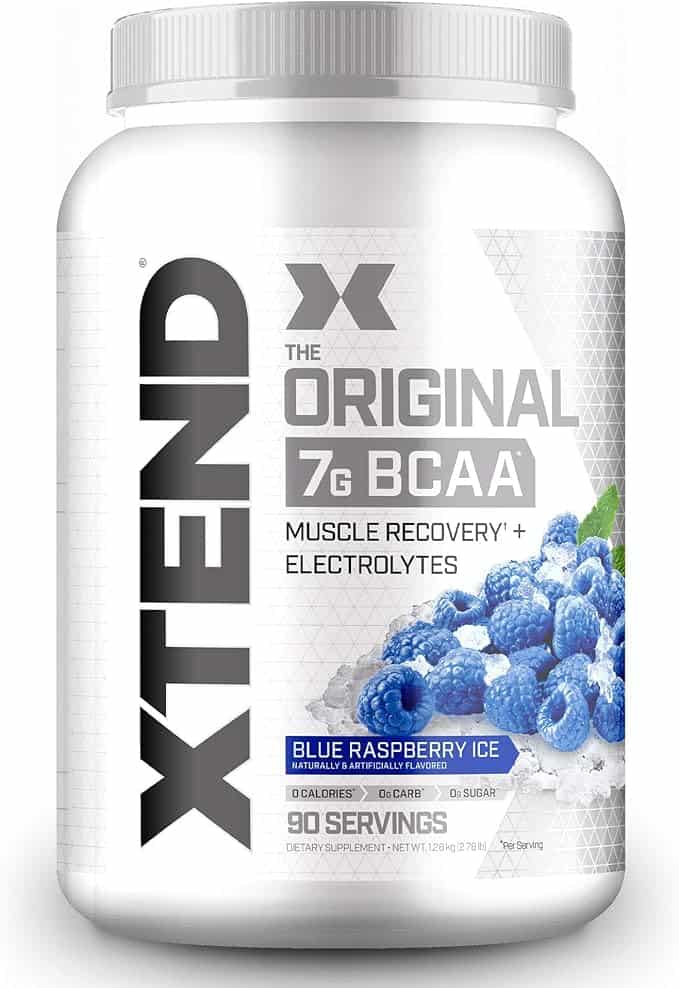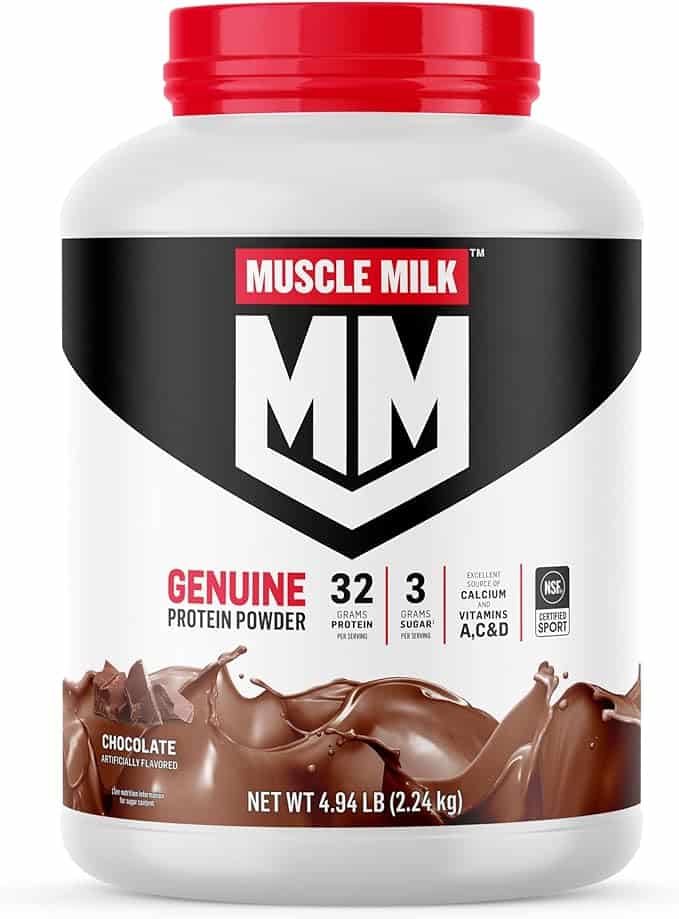
We always think of workouts as a positive thing, but there are cases in which working out can actually be bad for you. In an effort to be healthy, many of us actually work out too much, which can be very dangerous when a workout is too difficult or too intense, it can put a huge amount of strain on the body and can carry over into other aspects of your life. A workout that’s too intense can also result in injuries and make you more susceptible to illness. Here are some key signs that your workout is hurting you – and how to find a workout that is a better fit.
- You’re feeling pain – particularly sharp pain. Many of us push through pain when we’re at the gym, thinking that it’s good for us. However, pain is actually our body’s way of letting us know that we need to stop. If you don’t stop working out when you start to feel pain, you could end up with an injury. You should always stop immediately when you feel sharp pain, but don’t ignore dull pain either. Dull pain can be an indication that you are developing an overuse injury, like a stress fracture. When you feel pain, stop your workout and give yourself time to rest. If the pain persists, don’t hesitate to see a doctor.
- You feel dizzy or weak. There are some instances when dizziness is nothing to worry about – for example, right after getting up from some floor work. However, dizziness or an intense feeling of weakness that persists is usually an indication that you’ve overworked yourself. It’s also a sign that you’re dehydrated and potentially undernourished, so be sure to drink some water and grab a snack.
- You feel nauseous or vomit after your workout. This intense reaction to exercise is typically a sign that you’ve pushed things too far. It can often happen if you’ve eaten too much or too little when working out, or if you are dehydrated or working out in intense heat.
- You feel exhausted during the rest of your day. It’s normal to feel a little tired after your workout, but it shouldn’t exhaust you to the point that you can’t be productive at work or at home. A good workout should actually leave you feeling energized and refreshed at the end. If you’re feeling consistently tired through the rest of your day, it’s time to scale things back.
- Your heart races when you’re not working out. It’s natural and healthy for your heart rate to pick up during an intense workout – it’s a sign that your cardiovascular system is working! However, if your heart rate continues to fluctuate long after you’re done with your training, it might be a sign that you pushed yourself a little too hard. You don’t want to put too much stress on your cardiovascular system, so switch to something that’s a little less intense.
- You have a difficult time falling asleep or staying asleep at night. There are a variety of different things that could be causing you to feel restless, but extra strain on the nervous system is one of them. An intense workout is one of the things that can put excess stress on the nervous system to keep you awake at night. This can become a particularly big problem if you like to work out later in the day because you’ll still have endorphins and the other lasting results of a workout keeping you awake. If you don’t like to work out in the morning, try to workout right after work so you still have several hours before going to bed. However, exercise isn’t the only thing that could be affecting your sleep quality, so take a holistic look at your lifestyle when treating insomnia.
- You get sick easily. If you push your body too hard, it’s going to make it very difficult to maintain a functioning immune system. When you’re recovering from an intense workout, your body doesn’t have the ability to heal your muscle soreness and fight off illness at the same time. This means that if you come into contact with a sick person, you are going to be much more likely to catch whatever they have.
- You’re not hungry. Intense, frequent training should have you craving lots of nutritious food – after all, you need it as fuel. However, if you push yourself too hard at the gym, your body can start to naturally suppress its appetite, which can get dangerous. When you don’t eat properly before exercising, your body won’t have the fuel it needs to keep going, and you could end up with serious injuries. You also need to refuel your body after a workout to make up for the calories you burned. As an athlete, you should be keeping track of the nutrients you consume, and making a concerted effort to refuel your body – even when you don’t feel hungry.
- You feel moody all the time. Of course, normal fluctuations in mood are completely normal and are nothing to be worried about. Everyone goes through natural ups and downs. However, if you’re training intensely and find yourself consistently feeling depressed, it’s time to check in with yourself. After a workout, you should notice that your mood gets a little boost from the release of endorphins. If you’re feeling the opposite, it probably means that you’re pushing your nervous system beyond what it can handle, causing an imbalance of cortisol.

Tips For Working Out Safely and Preventing Injury
If your workout has been hurting you, it doesn’t mean that you should stop exercising altogether. On the contrary, you should take steps to find a workout regime that makes you feel good and doesn’t threaten your health. There are many simple changes you can make to your workout routine that will be much healthier for your body without threatening your well-being. Here’s what you should do to make sure your workout is benefiting you.
- Find a workout you enjoy. Of course, there are always going to be days when working out feels like a chore. However, working out is going to be much more beneficial for you when you actually enjoy what you’re doing. When you’re trying to push yourself through a workout you don’t enjoy, you won’t be putting in enough energy to do it properly, and you could set yourself up for an unpleasant injury.
Luckily, there are many ways to find a workout you enjoy doing. If you normally work out by yourself and don’t enjoy it, try going to a few different types of workout classes to see if any of them take your fancy. You can also try working out outside instead of in a gym – the fresh air and scenery might make it more enjoyable. Keep searching until you find the right option for you – it will be worth it in the long run.
- Drink water throughout your day. It’s important to stay hydrated when you’re working out because your muscles need the water to prevent cramping. When you’re hydrated, you will also have much more energy to tackle tough workouts. Keep a water bottle with you, not only when you are exercising, but also while you’re at work and at home.
- Eat a balanced diet. Your body needs to be properly fueled if you are going to be working out on a consistent basis. This means getting enough healthy carbohydrates and fats as well as protein. When you eat properly, you won’t feel as tired during your workouts, and your body will be able to recover from a difficult workout faster. If you aren’t sure what you should be eating, talk to your doctor to get help finding a balanced diet.
- Make your workout more efficient. Your problem might not be your workout itself, it’s more likely how much of it you are doing. Slightly shortening your cardio workout or cutting back on the number of repetitions you do for strength training will probably give you the same benefits without wearing your body down. Try to avoid spending time at the gym that isn’t productive – instead, cut your sessions down to be shorter, but really focus on having a good, thorough workout while you are there.

- Exercise in correct alignment. Many people aren’t actually aware of the safest ways to work out, and this can lead to serious problems down the line. If you don’t use correct alignment while you are working out, you are setting yourself up for an injury. Regardless of what type of workout you are doing, consistently assess how you are doing it to make sure your body is aligned and that you aren’t putting excess stress on one specific area.
- Take a break when you do feel injured or sick. It can be tempting to want to push yourself further when you are feeling under the weather in an attempt to be tough. However, this is most likely to just make the problem worse. Instead of trying to work through it, listen to your body and take a day off, or at least tone down your workout if you don’t want to stay completely sedentary. For example, if your upper body is hurting, try using the stationary bike to get some cardio in. If you are feeling a little sick, try walking instead of running. Giving your body space and time it needs to heal will help you get back to your energetic self as quickly as possible.
- Warm up before getting into strenuous exercise. If you go at 100 percent right at the beginning of your workout, you are going to be much more likely to hurt yourself. When your muscles are cold, you are going to be much more likely to strain or tear something when you make a sudden large movement. Regardless of what type of exercise you are doing, start with a gentle cardio workout to work up a sweat so that you don’t get injured. If you’ve been feeling a lot of strain or fatigue on your body after your workouts, try warming up for a longer period of time.
- Exercise your whole body. If you only ever work on one part of your body, like your arms, legs, or core, you are setting yourself up for muscle imbalances that could eventually lead to injury. This also goes for cardio and strength training – you need both in your regimen to be as healthy as possible. If you’re not sure how to expand your workout effectively, try taking a few classes or working with a personal trainer to learn some new methods. However, if you are starting a new type of workout that you’re inexperienced in, don’t try to start at 100 percent from day one. Even if you consider yourself very athletic, it takes time to learn new skills, and it’s important to start slow to make sure that you don’t get injured.
- Use a FitBit or similar device to keep track of your stats, particularly if you have a difficult time evaluating your own pain or fatigue. Being able to keep track of your heart rate as well as how long you’ve been exercising can help you stop before you go too far. It also might help to use MyFitnessPal or a similar app to keep track of what you are eating or drinking. You can use these apps to make sure you are eating enough calories and to make sure that you are getting a good balance of important nutrients. You can even track how many glasses of water you’ve had to drink to prevent dehydration.
While working out should be an important part of your regimen, it’s important that you are working out safely. Overexerting yourself can lead to injuries and illness, which can affect not only your ability to be productive at the gym but also your ability to be productive in other aspects of your life. If you aren’t sure how to exercise effectively, don’t feel like you have to do it on your own. There are so many resources you can use to learn more about effective exercise – you can talk to a personal trainer or even visit a chiropractor to get information about the most effective way to exercise.
About Dr. Brent Wells
Dr. Brent Wells, D.C. is the author of over 700+ online articles that have been featured on sites such as Dr. Axe and Lifehack. These articles include various types of information about how you can live a healthy and happy life. He founded Better Health Chiropractic in Alaska in 1998.
Dr. Wells has been a chiropractor for over 20 years and has treated thousands of patients who suffer from varying problems. He continues his education to remain active and updated in all studies related to neurology, physical rehab, biomechanics, spine conditions, brain injury trauma, and more.










